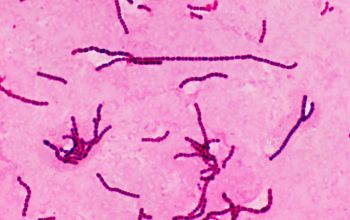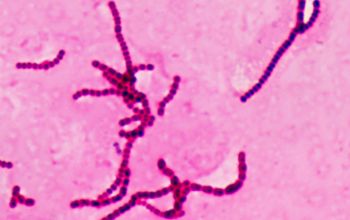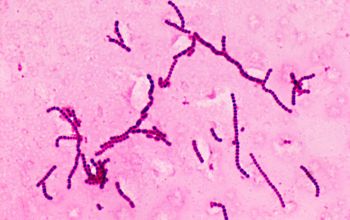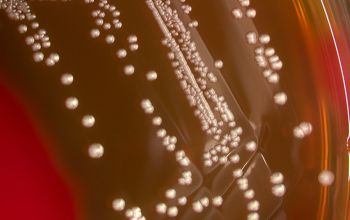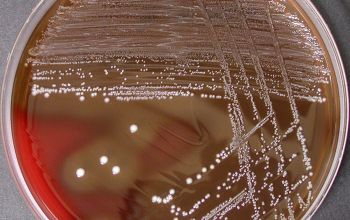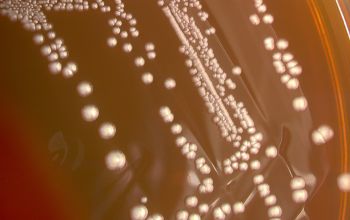Streptococcus dysgalactiae ssp equisimilis
-
General information
Taxonomy
Family: Streptococcaceae
Streptococcus dysgalactiae ssp equisimilis = Lancefield Group A, C, G or L
Natural habitats
Are normal commensal flora of the human upper airway and frequently are asymptomatic colonizers of the skin, gastrointestinal tract and female genital tract.
Clinical significance
After being considered nonpathogenic for many years, they are now recognized as an important bacterial pathogen.
The clinical spectrum of diseases caused by this species closely resembles Streptococcus pyogenes infections.
S. dysgalactiae ssp equisimilis and S.pyogenes share virulence factors.
The M protein is an important virulence factor because it confers resistance to phagocytosis
They are also implicated in mono- and polymicrobial infections of the skin and soft tissues, pharyngitis, bacteremia and endocarditis, septic arthritis and osteomyelitis, puerperal infections, and meningitis.
-
Diseases
-
Gram stain
Gram positive streptococci,
grouped in chains
Liquid medium,
they are found in the form of chains of different lengths. They namely divide into one direction
-
Culture characteristics
-
Beta-hemolytic streptococci of the pyogenic group (S. pyogenes, S. agalactiae, and S. dysgalactiae ssp equisimilis) form colonies > 0.5 mm
Viridans streptococci form colonies < 0.5 mm
Facultative anaerobic
5% CO2 improves the growth
BA: colonies > 0.5 mm after 24 hours of incubation.
They appear grey or almost white, moist or glistening with a wide zone of hemolysis.
McConkey: no growth
BBAØ: growth
-
-
Characteristics
-
References
James Versalovic et al.(2011) Manual of Clinical Microbiology 10th Edition
Karen C. Carrol et al (2019) Manual of Clinical Microbiology, 12th Edition

